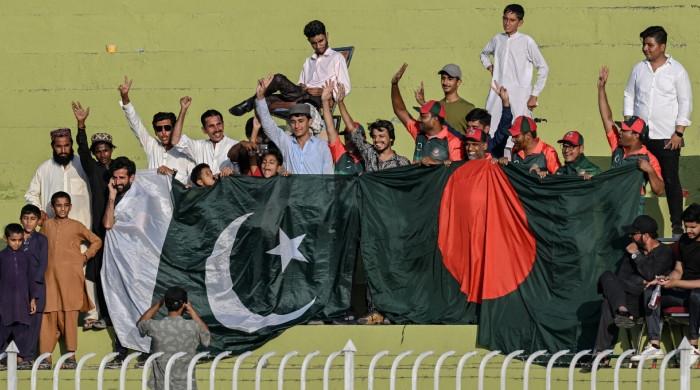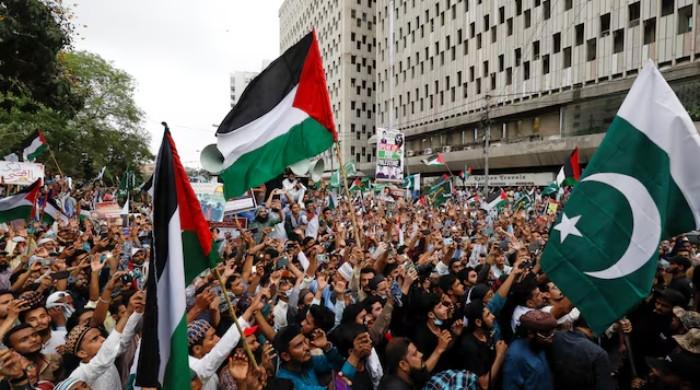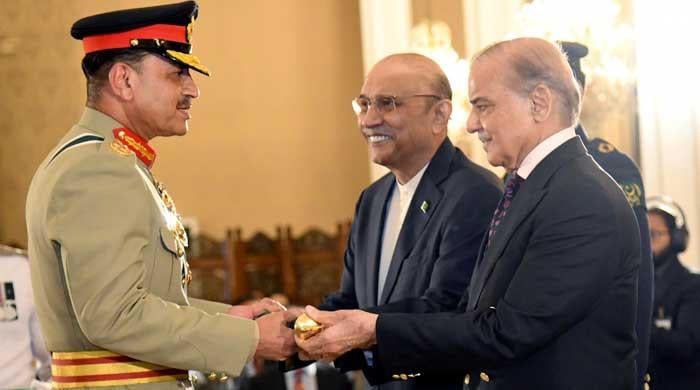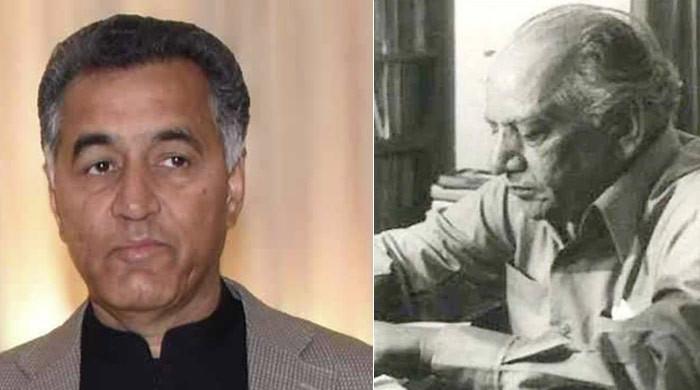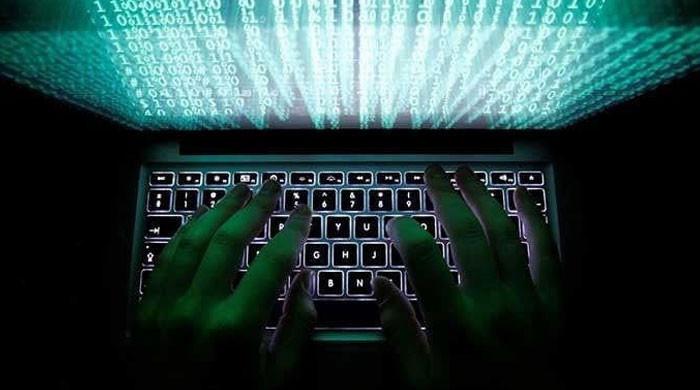Victory for Pakistan
Pakistan’s nuclear shield, backed by formidable stock of missiles with varying ranges and payloads, creates powerful deterrence
May 28, 2025
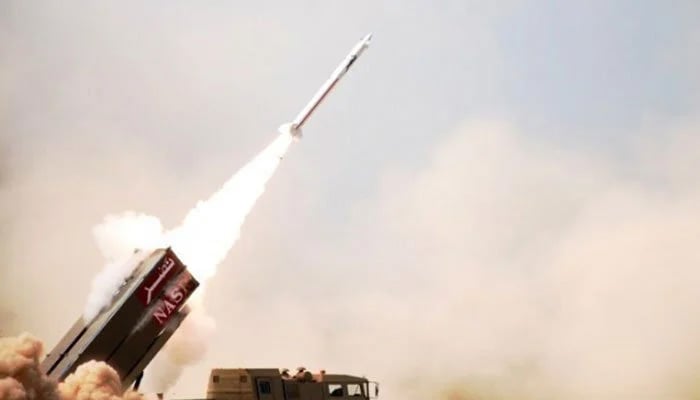
As Pakistan consolidates its recent victory against India following Delhi’s ill-fated attack this month, today’s anniversary of Pakistan’s maiden nuclear tests on May 28, 1998, marks a greater significance.
Pakistan, as a member of the world’s exclusive club of nuclear powers, must remain grateful to India for Delhi’s nuclear tests of May 1998. Those tests immediately opened the gates to an effective one-time window of opportunity for Pakistan to demonstrate its capability as a nuclear state.
The journey that began from the ‘Ras Koh’ hills of Balochistan’s Chagai District, where Pakistan carried out its six nuclear tests, continues to arm the country with a security cover as never before. Those tests surrounded Pakistan with a formidable nuclear shield. In the latest Pakistan-India clash earlier this month, two vital factors helped Pakistan decisively.
First, Pakistan’s nuclear shield, backed by a formidable stock of missiles with varying ranges and payloads, has together created a powerful deterrence that promises devastating consequences in case of a Pakistan-India nuclear conflict. In effect, Pakistan’s nuclear parity with India promises to keep the peace.
Second, the powerful reality of China’s political, economic and technological backing for Pakistan leading up to this month’s conflict has only lifted the profile of Pakistan’s defence forces as never before.
The outcome of this month’s clash has set aside the scepticism of recent years that claimed mounting divisions between Pakistan and China, notably over the execution of the China-Pakistan Economic Corridor or CPEC. It has now been proven beyond doubt that the hiccups on the road to CPEC are no more than inconsequential bumps on the road, marking just a regular occurrence between the closest of allies.
China’s support for Pakistan is set to widen further. In the coming months, the arrival of the Chinese Z-10 attack helicopters following the US refusal to sell helicopters for Pakistan’s legitimate defence needs or allow US-made components to be sold by third parties to Pakistan only deepened the reliability gap with Washington.
In the first instance, the US signed a contract a decade ago with Pakistan for the sale of up to 15 AH-1Z ‘Viper’ attack helicopters armed with Hellfire missiles and related equipment, in a deal worth just below $1 billion. But the order was never honoured by the US as political tensions mounted between the two countries. It was a sorry occurrence that once again became a reminder of the US sanctions on Pakistan under the ‘Pressler’ amendment, which abruptly blocked the sale of further F-16 fighters in 1990.
In the second instance, Washington refused to allow the sale of US-made engines to equip a batch of Turkish attack helicopters that Pakistan sought to purchase. The two experiences will linger in the memory of Pakistan’s decision-makers as they oversee an army-led vigorous operation in areas along the Afghan border and Balochistan.
Two other cases in the well-established Pakistan-China friendship have together helped Pakistan solidify its air cover without any doubt. In the first instance, in 2022, the arrival of China’s J-10 C fighter planes armed with PL-15 missiles helped Pakistan defend itself against India this month. But the second instance now poised to come is nothing short of groundbreaking. In the foreseeable future, Pakistan expects to receive its first batch of China’s most modern J-35 A fighter planes, marking the first ever entry of ‘stealth’ fighters in South Asia.
In sharp contrast, the recent conflict also demonstrated India’s failure to get a close grasp of its French-manufactured ‘Rafale’ fighters, widely known for their quality and performance. While the Rafale has demonstrated its abilities in a number of real-life conflicts in the past, India’s loss of three Rafales from a stock of 36 Rafales bought from France immediately cast a dark shadow upon the Indian Air Force (IAF). And the fate of another 26 Rafales on order by the Indian Navy to equip two of India’s aircraft carriers remains in doubt, following India’s recent disaster.
Going forward, Pakistan has ample reason to celebrate its 27 years since the 1998 nuclear tests. But rejoicing on this count must be accompanied by filling the gaps in two vital areas.
First, the internal discords within Pakistan fueled by political, ethnic, and religious divisions must be brought to a permanent end. Pakistan has already paid a heavy price in this area, with the ultimate price flowing from a failure to unite in favor of the country’s most vital national interests.
Second, Pakistan will continue to be surrounded by mismatches if it fails to reform its economy, internal governance and leadership structures while remaining the world’s latest nuclear power.
If indeed there has to be a promise to our nation coming from today’s anniversary, it must be to reform Pakistan to come to par with our membership of the exclusive global nuclear club.
The writer is an Islamabad-based journalist who writes on political and economic affairs. He can be reached at: [email protected]
Disclaimer: The viewpoints expressed in this piece are the writer's own and don't necessarily reflect Geo.tv's editorial policy.
Originally published in The News





